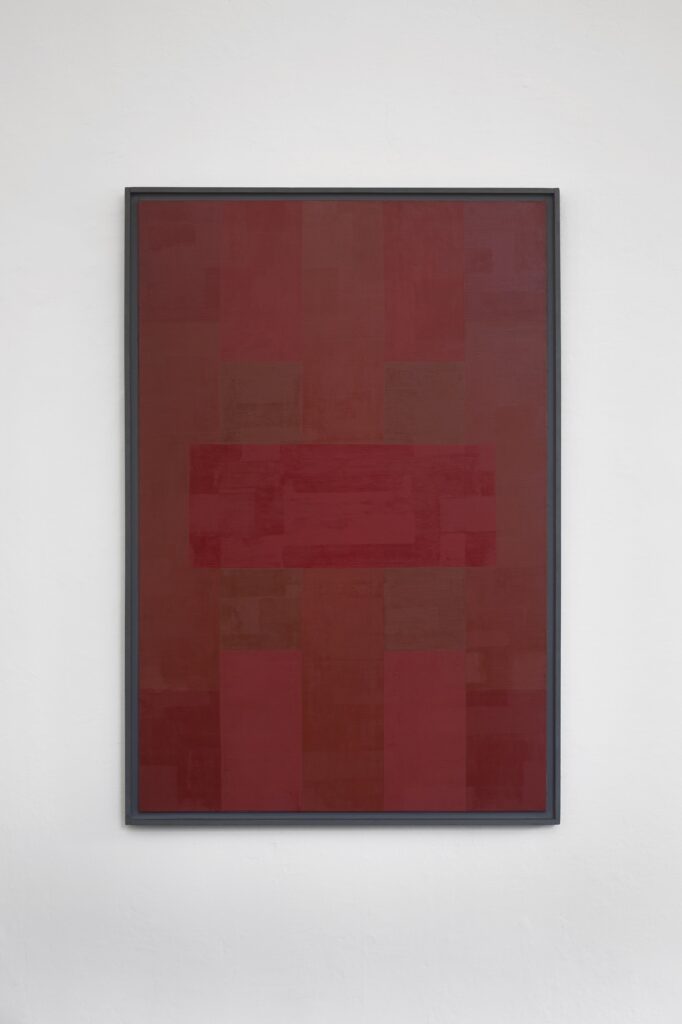Judd Foundation

Ad Reinhardt (1913-1967)
Abstract Painting, Red, 1952
Oil on canvas
63 × 43 inches (160 × 109.2 cm)
© Estate of Ad Reinhardt / Artists Rights Society (ARS), New York
Born Adolph Friedrich Reinhardt in Buffalo, New York, Ad Reinhardt, like Donald Judd, studied art history with Meyer Schapiro at Columbia University, New York. Reinhardt had his first solo exhibition of paintings in 1943 and showed regularly at Betty Parsons Gallery. In his 1964 essay “Local History,” Judd wrote, “Ad Reinhardt had developed his black paintings around 1955 and was gradually developing them further. They were some of the best and most original paintings being done, and by 1959 they were better than most of those being made by the decelerating Expressionists.”1
Judd met Reinhardt for the first time in the early 1960s, when Judd was living at 53 East Nineteenth Street. As Judd described in an interview in 1988, “I used to meet—just in the same building, going to get the Sunday New York Times on a Saturday night, it probably happened three or four times, you’d run into Ad Reinhardt, who usually didn’t want to talk either, but he always wanted to talk in the cold, for a half an hour, on the street corner. I never went to his house, but he lived nearby, somewhat.”2
Margit Rowell, in Ad Reinhardt and Color, described Reinhardt’s use of color as “ambiguous,” the suggestion being that in a work such as Abstract Painting, Red, 1952, there are many reds—not a single red. Rowell continued:
In the early “red” pictures of about 1951, his reds are rarely true red, rather they are hot pinks, oranges, apricots, even golden hues. Still, within the context of the unified visual field, they announce themselves as “red.” Even in the later red paintings, when Reinhardt did use something bordering on a frank bright red, he juxtaposed it so subtly to other tones of extremely close value, that the chromatic distinctions become blurred.3
According to Reinhardt’s self-referential “Five Stages of Reinhardt’s Timeless Stylistic Art-Historical Cycle,” this painting may fall in the fourth stage, which the artist described as “early-classical hieratical red, blue, black monochrome square-cross-beam form symmetries of the fifties.”4 The painter is known for his long engagement with abstraction and monochrome painting, as well as his witty critical writing and cartoons.
Judd installed another painting by Reinhardt, Abstract Painting, 1960, on the third floor of 101 Spring Street.